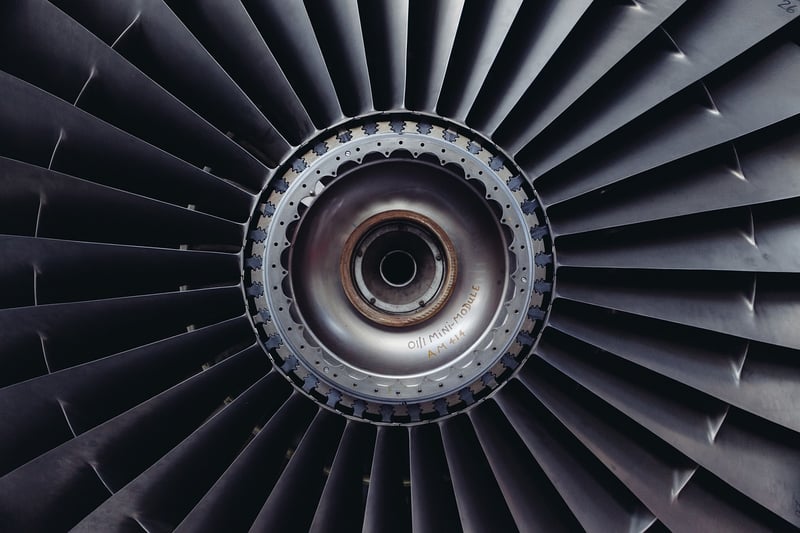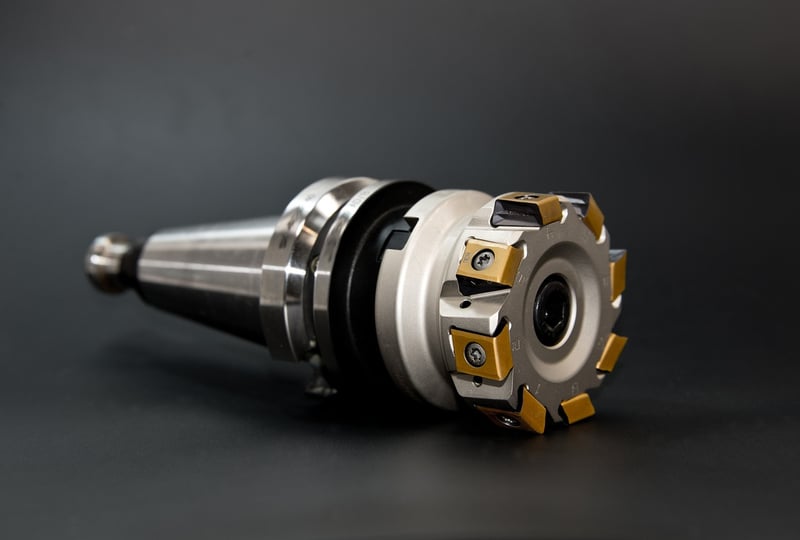Machine Mechanics
The Intriguing World of Time Mechanisms and Machine Mechanics
Time mechanisms and machine mechanics are fascinating aspects of technology that play crucial roles in various industries and everyday applications. Understanding how these mechanisms work can provide valuable insights into the inner workings of devices we use regularly.
Time Mechanisms
Time mechanisms are devices that track and measure the passage of time. They are used in clocks, watches, and other timekeeping instruments. There are various types of time mechanisms, including:
- Quartz Movement
- Mechanical Movement
- Atomic Clocks
Quartz Movement
The quartz movement is a common type of timekeeping mechanism used in watches and clocks. It operates by using the vibrations of a quartz crystal to regulate the timekeeping functions.
Mechanical Movement
Mechanical movements are traditional mechanisms that rely on intricate gears and springs to keep time. They require winding either manually or automatically through the movement of the wearer.
Atomic Clocks
Atomic clocks are the most accurate timekeeping devices, utilizing the vibrations of atoms to measure time. They are used in scientific research, telecommunications, and satellite navigation systems.
Machine Mechanics
Machine mechanics involve the study of how machines work and the principles behind their operation. Understanding machine mechanics is essential for engineers, technicians, and anyone working with machinery. Key concepts in machine mechanics include:
- Force and Motion
- Energy Transfer
- Friction and Lubrication
Force and Motion
Force and motion are fundamental concepts in machine mechanics. Forces are required to move objects, and understanding how forces interact with machines is essential for their proper functioning.
Energy Transfer
Energy transfer is the process of converting one form of energy into another within a machine. This concept is crucial for optimizing machine efficiency and performance.
Friction and Lubrication
Friction between moving parts can affect a machine's performance and longevity. Lubrication is used to reduce friction and ensure smooth operation of machinery.
Conclusion
Time mechanisms and machine mechanics are integral parts of technology and engineering. By delving into the intricacies of these mechanisms, we gain a deeper appreciation for the devices that shape our world.
Explore more about the fascinating world of time mechanisms and machine mechanics to uncover the secrets behind the technology we use every day.


